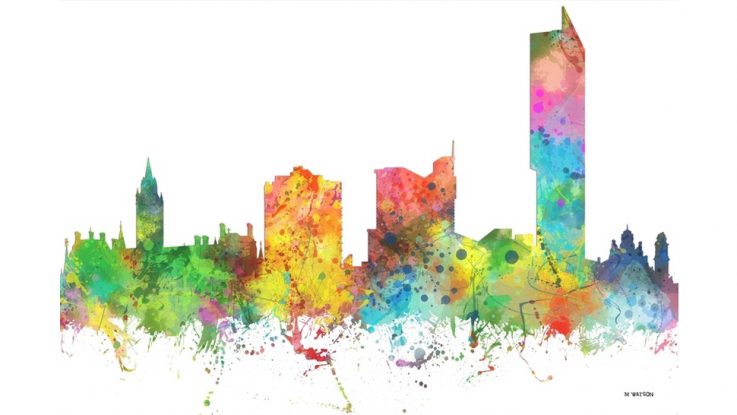
Guest author: Ettore Murabito
I’ve been involved in smart-city projects for a few years now, and the experience has been extremely enriching, at times challenging, but always fulfilling.
Been immersed in this multidisciplinary field is a great opportunity to learn a lot about a plethora of disciplines, from urbanism and governance (with the challenges faced by the transport and energy sectors, among others) to sustainable growth (with its elements of economics, technology and environment) to citizen engagement (with campaigns for behavioral change aiming to improve sustainability and optimal use of resources).
There is a visible and increasing effort in our cities to embrace a new paradigm of urban living, where technology and innovation are used not only to address the challenges posed by an unprecedented urbanization rate, but also to proactively improve the quality of life for citizens in ways that were not viable before the headlong entry of technology in virtually every aspect of our life¹.
And yet, in my experience, I can’t help noticing that there is an element that tends to remain elusive, seldom explicitly mentioned, although — I believe — of great importance: the Arts.
The use of technology is not a novelty in the art world, nor is a novelty the use of art in designing the human habitat. However, the specific context that smart-city initiatives can provide to the arts, and the contribution of the arts to such initiatives is something that is worth exploring more than it has been so far.
Art can be a great tool to spread awareness about how our cities are evolving; they can elicit people’s curiosity and encourage citizens to take part in this transformative process. Personally, I would be interested to see digital artists creating art installations that convey a story about the city where I live (Manchester) through the use of “city data”. Such art installations would be an aesthetic representation of city life as it happens, and would be fed by the data coming from the city itself. It would be a way of making visible what otherwise would be hidden from people’s sight, adding to that an element of wonder.
To be fair, some efforts in this direction have already been made in Manchester and other UK cities — like the “Every Thing Every Time” artwork in the context of CityVerve, or the air quality audio-visual installation in the context of the Newcastle Urban Observatory — where the aim was not simply to delight but also to encourage a debate around topics of interest, like the environment or certain aspects of our community life. Indeed, bringing artists into smart city plans can help eliciting these debates, as artists themselves are often interested, if not already involved, in those very topics.
Art has always been a great enabler of cultural innovation, and can greatly contribute in addressing the fundamental questions that define us and our purpose as the dwellers of these giant living-labs. One of the outcomes of such contribution consists of solidifying a sense of belonging and participation that is fundamental to any thriving city. Here, art can help bridging the gap between our human need for meaningful connections, and a technology that is often perceived (at times with fair reasons) as the main source of our loneliness and alienation².
Finally, there is an element of amazement and wonder in what art and technology can bring to our urban environment that I would not underestimate. As focused as we are in making our cities more efficient, resilient and sustainable, we risk to forget to make them also a wondrous place to live in. Re-enchanting our (smart-)cities is perhaps where we should start from.
- One can make the case that some of today’s problems can be ascribed to this pervasive use of technology, but this may be the topic for another article.
- See “Lonely People in Big Cities: How Technology Is Both Creating and Solving the Isolation Crisis” by Chelsea Collier
About Guest Author Ettore Murabito:
With a PhD in Computational Systems Biology, and a Masters Degree in Physics, Dr. Murabito has always been involved at the forefront of exciting and multidisciplinary fields which has evolved into a strong interest in the realm of Smart Cities. His key area of focus includes the transformation of urban areas, making them more connected, efficient and resilient through the use of data and smart technology. He is currently involved in two smart city projects in Manchester UK (Triangulum and Urban Observatory) where he covers the role of Data Lead and Chief Data Officer.